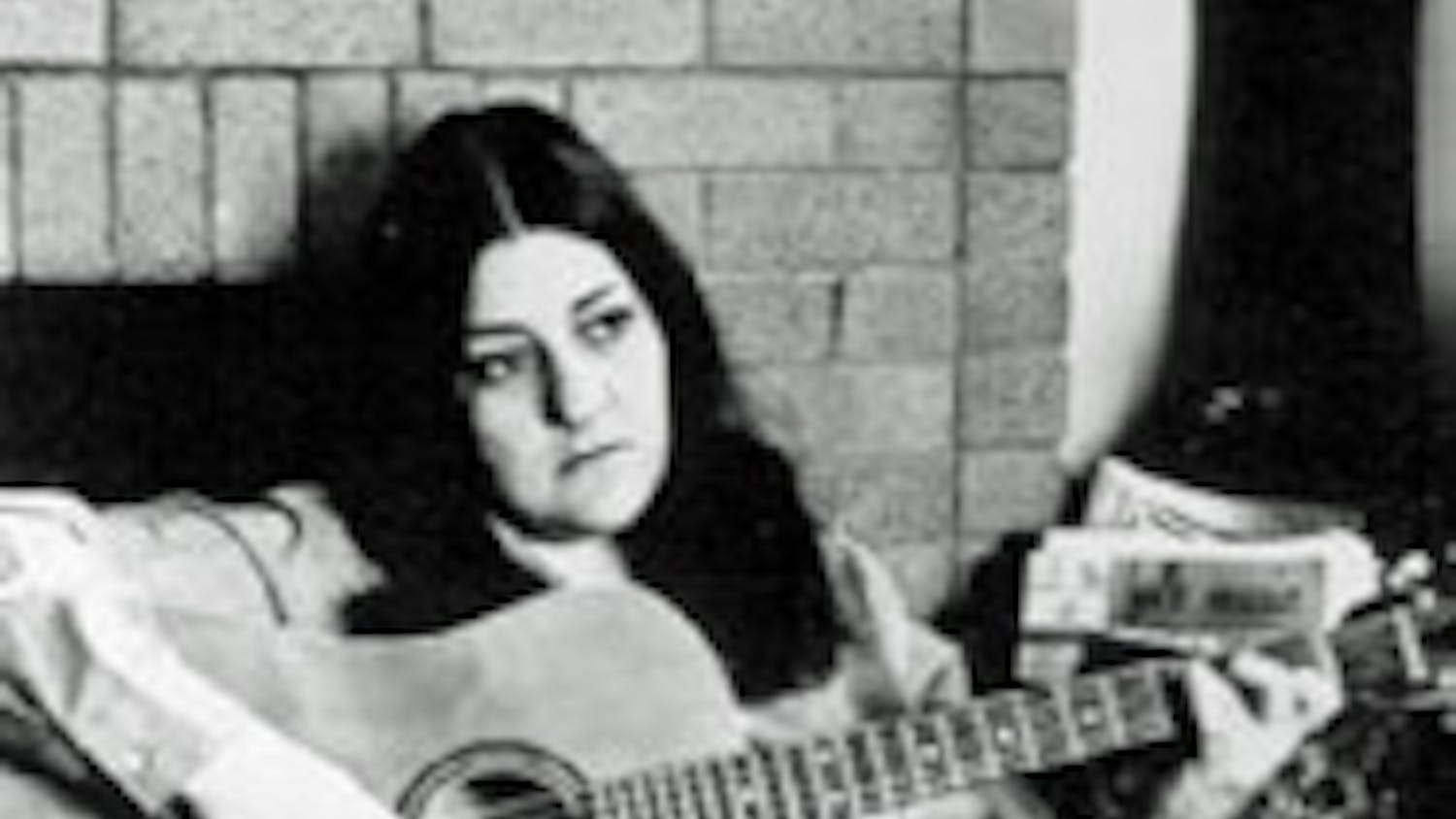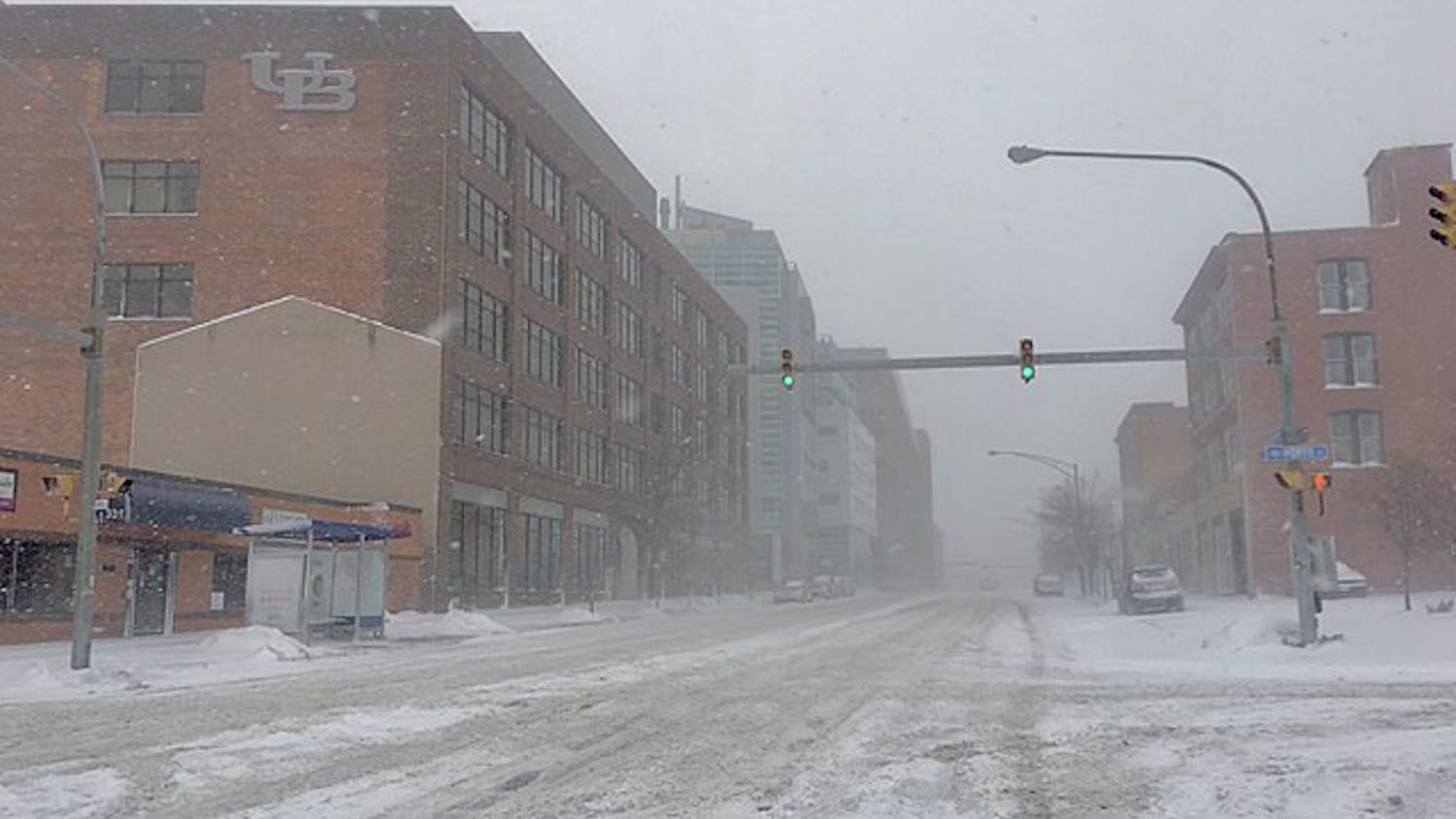A single Q-tip could save a dying child. Last June, one did.
Common Cause will be holding a bone marrow drive on Thursday in the Student Union Flag Room from 10 a.m. to 3 p.m.
Common Cause is a student club founded by Babu Dinesababu, a senior business major. Dinesababu has been involved with marrow drives since high school and has a passion for recruiting others to join in the cause.
"Before I joined the registry, I held many of the same misconceptions shared by [others]," Dinesababu said. "I was surprised to learn how wrong I was."
According to Dinesababu, a major misconception that people have is that joining the registry involves needles and blood.
"To join the marrow registry at a marrow drive, all it takes is a simple swab of the cheeks with a Q-tip," Dinesababu said.
Every swab sample is processed at a laboratory, where they are placed in a registry that determines if there is a match or not.
Dinesababu believes that UB offers a unique opportunity because of the diverse campus. Bone marrow matches are strongly linked with ethnicity, so UB is a great place to make a difference.
One person who made a difference is Sathish Kumar, a junior computer science major. Last December, at a drive similar to the one being held on Thursday, Kumar decided to join the National Marrow Donor Program. The following May, the "Be the Match" registry contacted Kumar. They informed him that he was a compatible match for a local five-year-old girl who needed a marrow transplant.
Kumar underwent a few blood tests over the next few weeks to be positive that he was a compatible match and eventually donated his marrow at the Roswell Cancer Center in June.
"It was a beautiful experience; I would do it again in a heartbeat," Kumar said.
In order for the girl to receive the marrow, all of her existing marrow needed to be destroyed. Along with receiving marrow, a bit of DNA is transferred as well. Kumar found this to be one of the most interesting parts of the entire process.
Kumar had to donate bone marrow from his hip because the hip bone contains some of the purest form of bone marrow. For a 5-year-old girl, purity is of paramount importance.
Kumar found this to be a small price to pay to save a human's life. He was under general anesthesia during the procedure, and was only sore the next day because he forgot to take the pain medication.
According to Dinesababu, this is fairly uncommon.
"In most cases, the donor's blood will be taken from one arm, filtered through a machine which will isolate the cells necessary, and returned back into the other arm," Dinesababu said. "The donation can literally be a simple as donating blood, yet as vital and lifesaving as donating your heart."
Neither Dinesababu nor Kumar know how the five-year-old girl is doing now due to confidentiality. However, Kumar received an e-mail from the National Marrow Donor Program explaining how most children with her condition never make it until the age of five, and she was very lucky to have found a match when she did.
Dinesababu believes that this marrow drive will be the largest one yet and that success stories like Kumar's will encourage students to come out.
E-mail: features@ubspectrum.com




